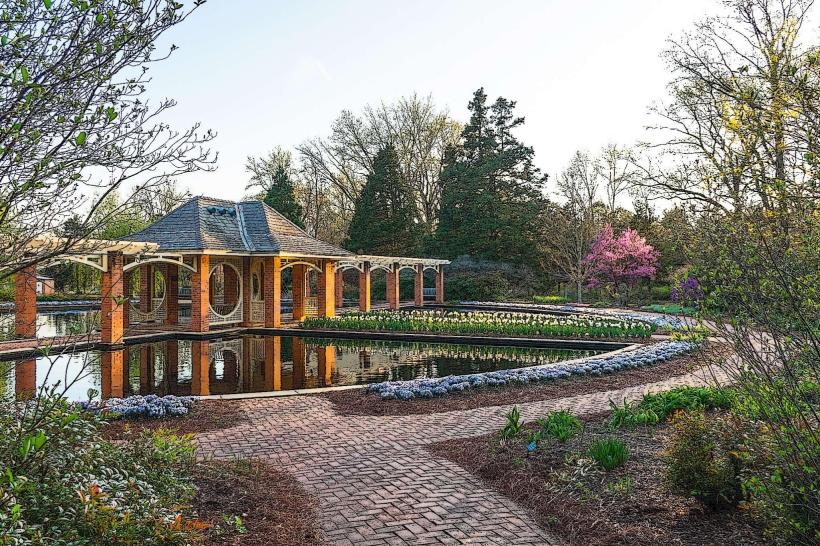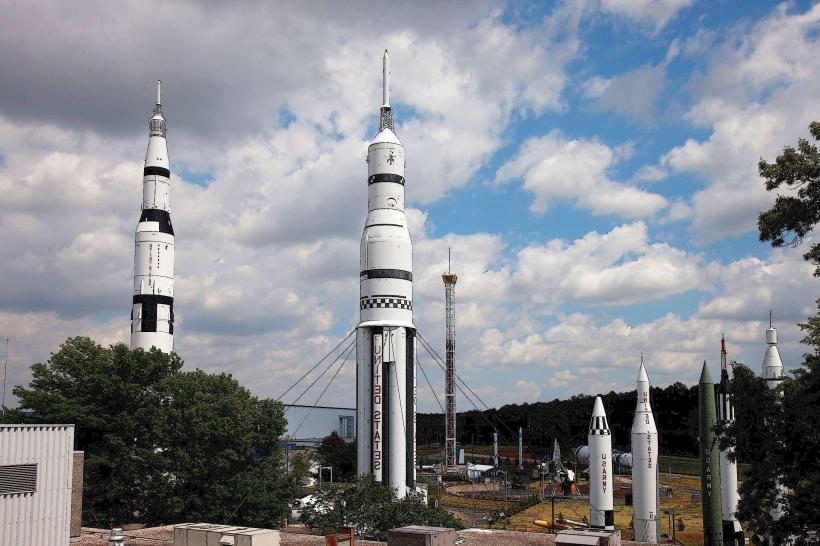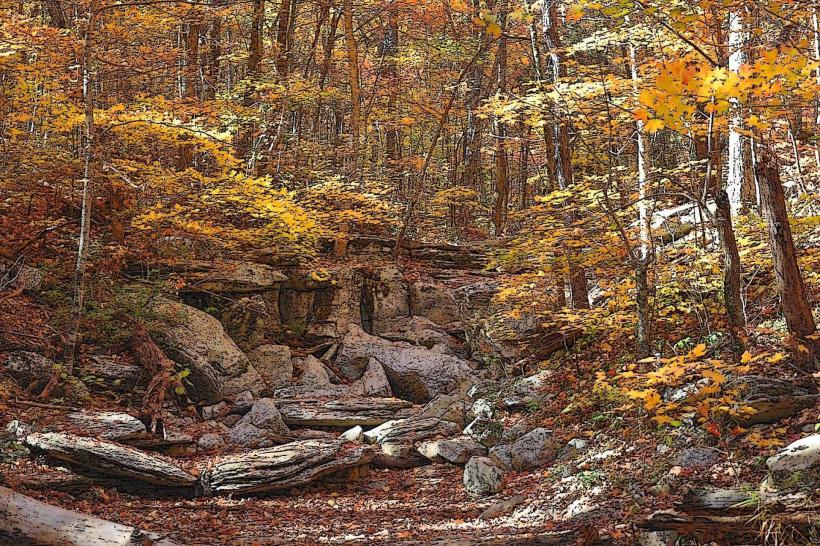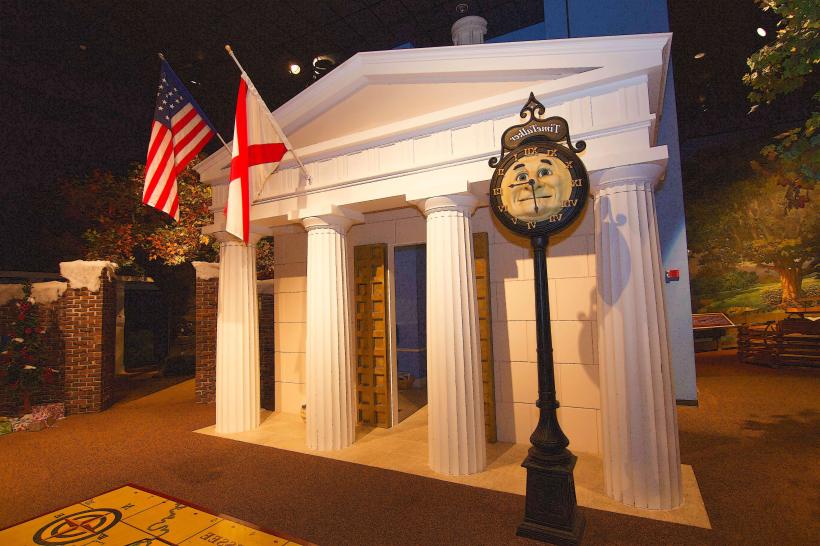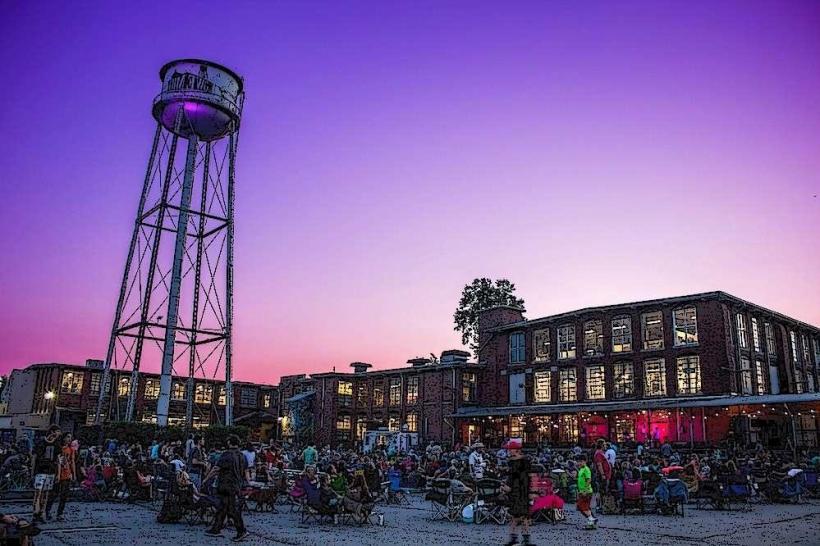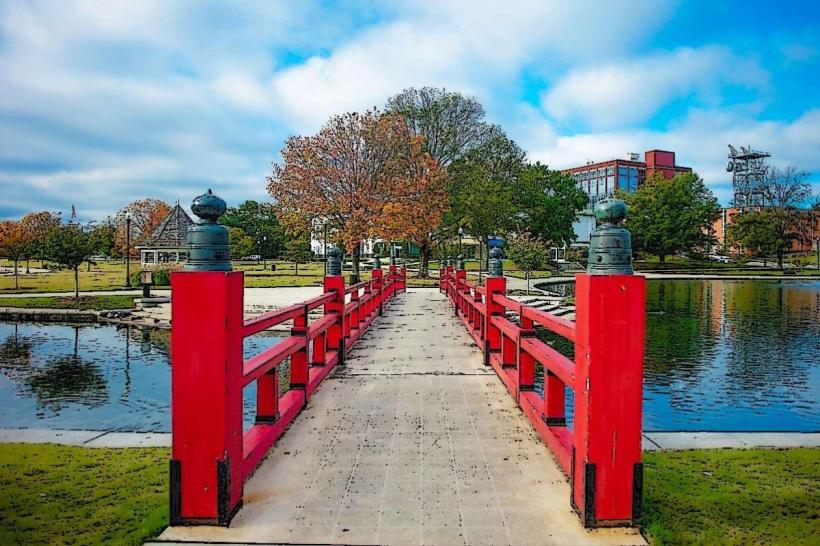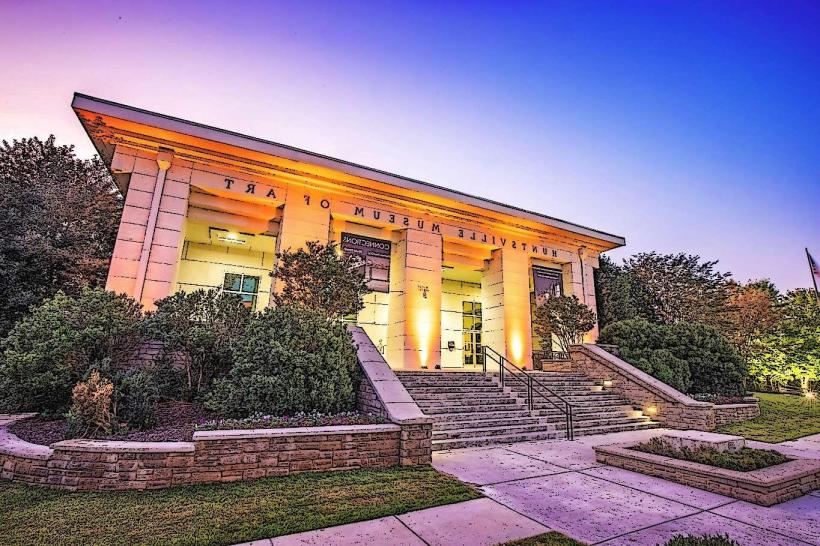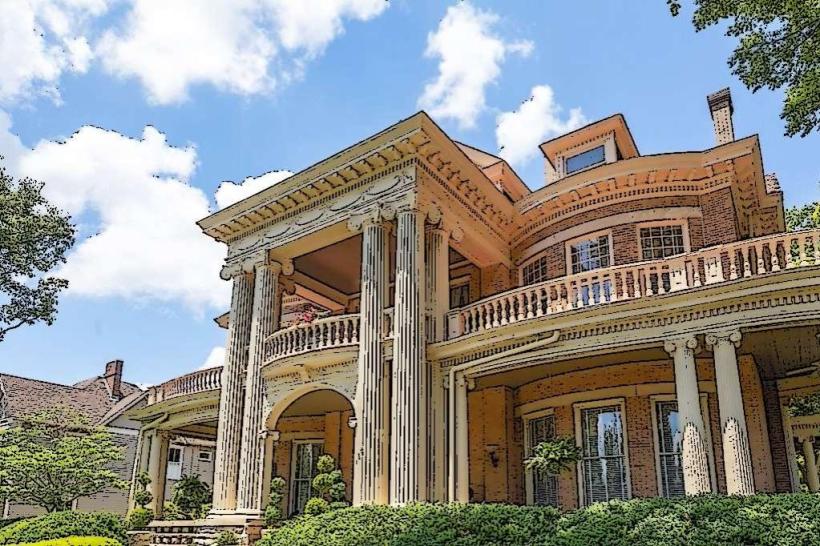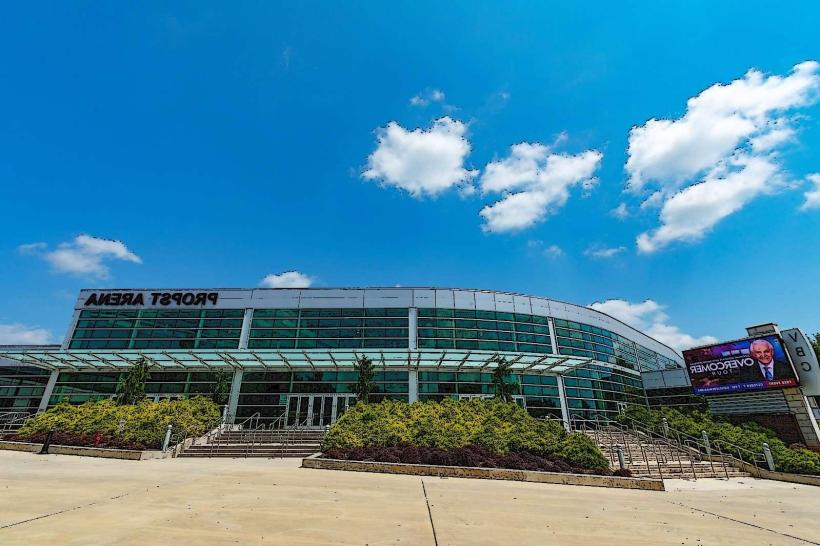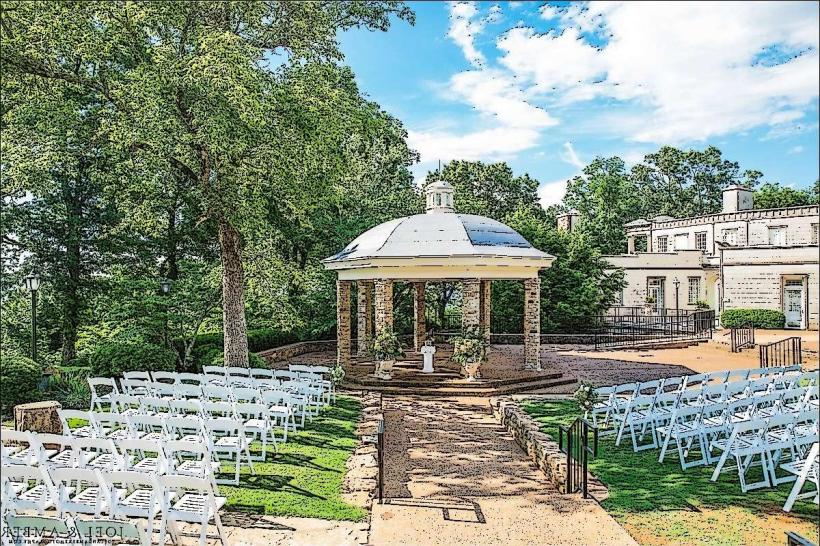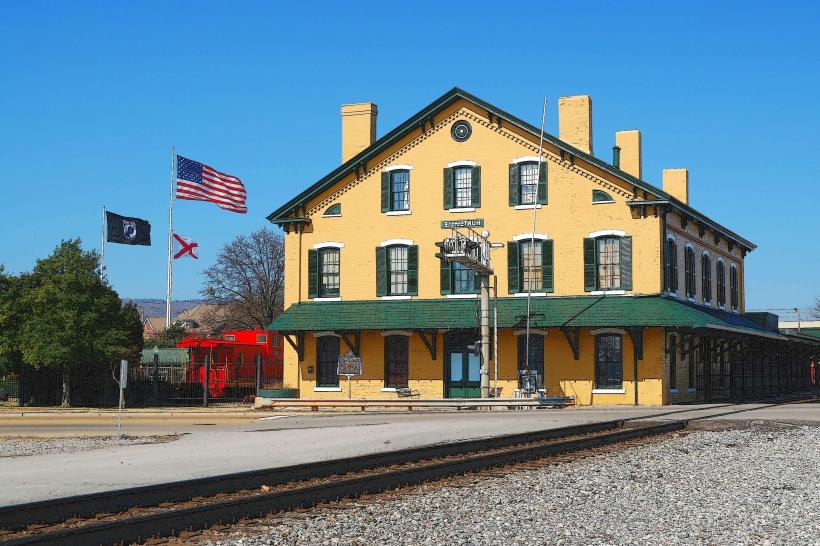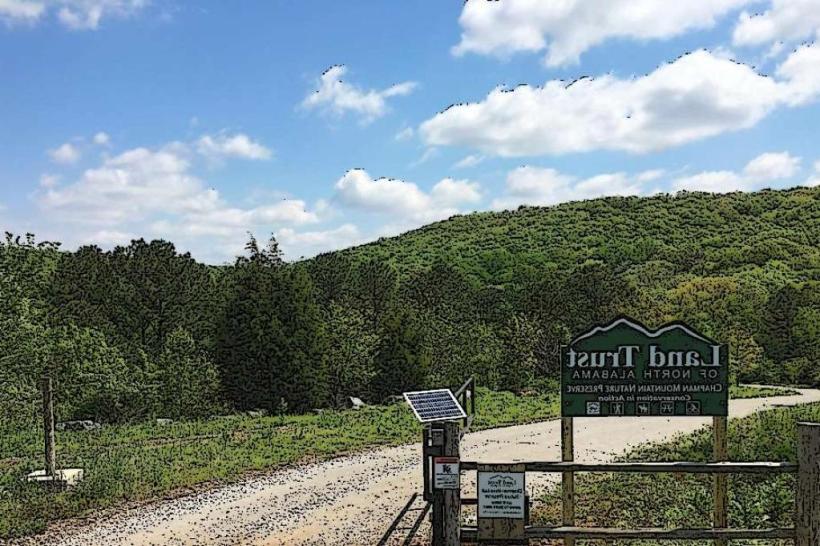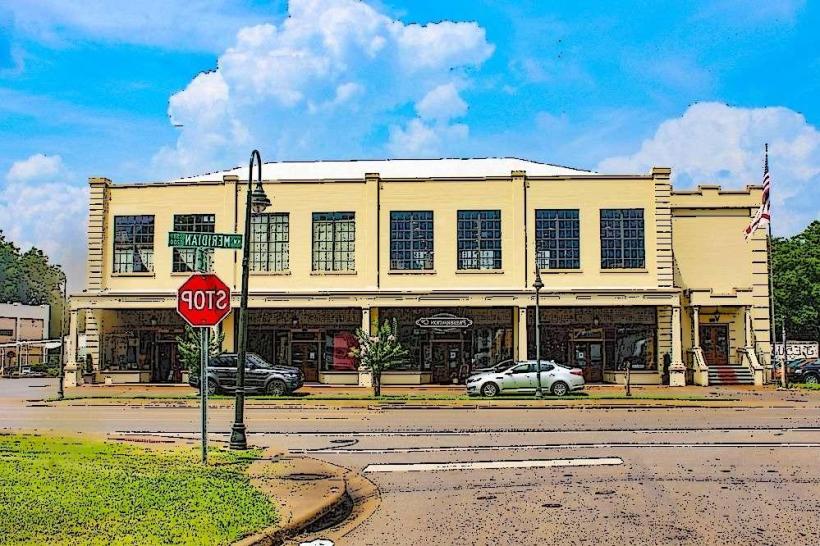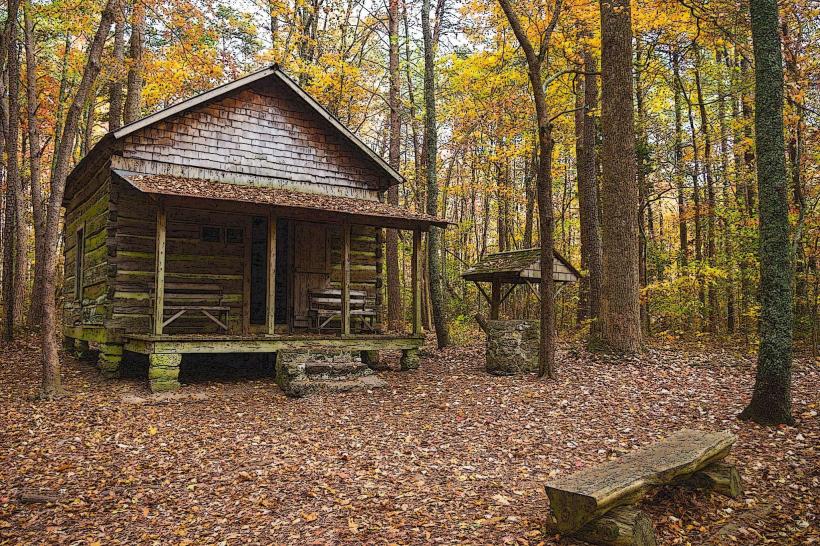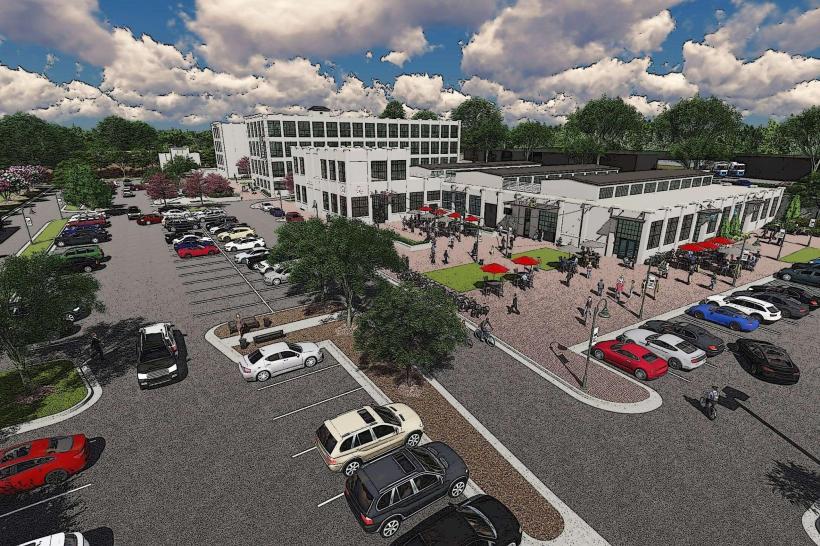Information
Landmark: Alabama Constitution VillageCity: Huntsville
Country: USA Alabama
Continent: North America
Alabama Constitution Village, Huntsville, USA Alabama, North America
Alabama Constitution Village, located at 414 Washington Street SW in downtown Huntsville, Alabama, is a living history museum that immerses visitors in the social, political, and daily life of early 19th-century Alabama. The museum reconstructs the period surrounding 1819, the year Alabama became a state, providing a hands-on educational experience that emphasizes the history, culture, and civic development of the region.
Historical Significance
The museum focuses on the Alabama Constitutional Convention of 1819, during which the state’s first constitution was drafted. It highlights the lives of early Huntsville residents, their homes, and the civic and social structures of the time. By recreating a town from that era, the village offers insight into the challenges and opportunities faced by settlers in early Alabama.
Layout and Structures
Alabama Constitution Village consists of a series of reconstructed and original buildings, furnished and staffed to represent the early 1800s:
Courthouse: Central to the village, the courthouse represents the hub of civic activity and is used to interpret legal and political history. Visitors can learn about the drafting of the Alabama Constitution and early governmental procedures.
Governor’s Mansion: Reconstructed to illustrate the domestic life of political leaders and the early architectural style of Huntsville.
Homes of Early Settlers: Several houses depict the living conditions, household practices, and social norms of early Alabama citizens. Interiors are furnished with period-appropriate artifacts, tools, and furniture.
Shops and Businesses: The village includes blacksmith, general store, and artisan workshops, demonstrating the economic life and trades that supported the community.
Public Spaces: Courtyards and gardens provide contextual understanding of daily life and community interaction in the early 19th century.
Educational Programs and Events
Alabama Constitution Village offers a wide range of educational programs, often targeting school groups and families:
Living History Demonstrations: Staff dressed in period clothing demonstrate cooking, crafts, and other daily activities from 1819.
Historical Reenactments: Events often include mock legislative sessions, community gatherings, and public ceremonies to illustrate civic processes of the period.
School Programs: Tailored experiences for students focus on Alabama’s founding, early governance, and daily life, emphasizing experiential learning.
Public Events: Seasonal events and special programs, including historical talks, tours, and themed festivals, engage the local community and visitors alike.
Visitor Experience
Hours: Generally open Tuesday through Saturday, with specific hours for tours and events; closed on Mondays.
Admission: Modest fees support the preservation and programming of the museum. Discounts are often available for children, seniors, and groups.
Accessibility: The museum is wheelchair accessible where possible, though some historical structures have limitations due to preservation constraints.
Significance
Alabama Constitution Village provides an immersive historical experience, combining education with interactive exhibits and reenactments. Visitors gain a tangible understanding of early Alabama life, the founding of the state government, and the challenges faced by settlers. Its location in downtown Huntsville allows easy access while situating the museum within the historical context of the city’s development.
The village remains a cornerstone for historical education in Alabama, fostering appreciation for the state’s early governance, culture, and community life through an engaging, hands-on approach.

